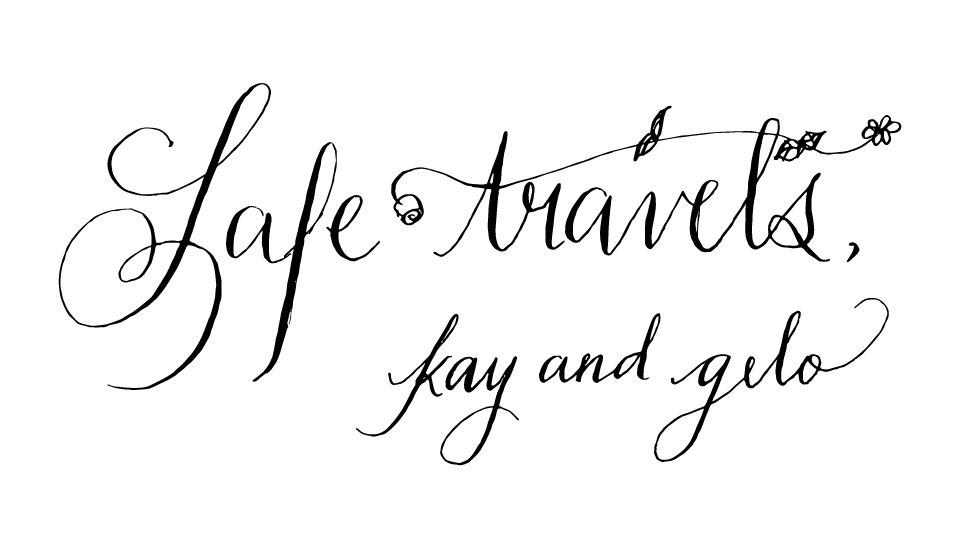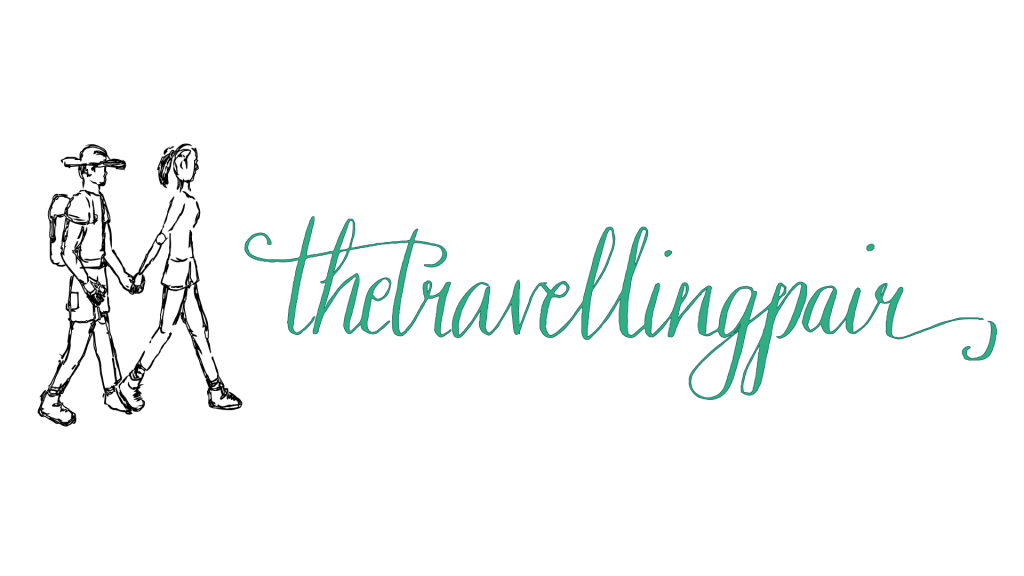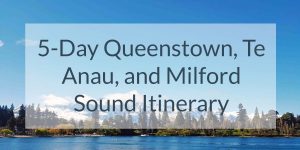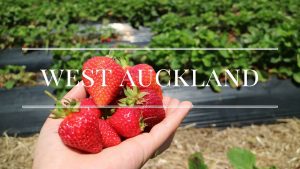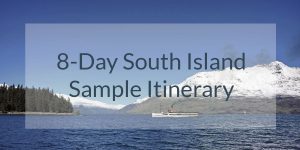Updated on October 10, 2024.
Please note that this post was originally written for our wedding guests who were planning a trip to New Zealand, so you may notice us using the word “guest/guests” in some parts of the blog.
1. VISA
If you are an Australian Australian citizen: You do not need a visa.
If you are an Australian Permanent Resident or if your passport is from a visa waiver country or territory: You have to apply for a New Zealand Electronic Travel Authority (NZeTA). The cost to apply starts from $17 NZD. Click HERE to find out more about NZeTA.
For all other nationalities and passport holders: You need to apply for visa before travelling to New Zealand. Click HERE to read about your visa options.
If you are arriving in New Zealand on a cruise ship: You have to apply for a New Zealand Electronic Travel Authority (NZeTA) and this applies to all nationalities. Visa application isn’t required.
2. NEW ZEALAND'S BIOSECURITY
You are not allowed to bring any type of fresh food (e.g. fruits, milk, meat, etc) and plant-related products (e.g. seeds) in the country. Check your shoes and bags for any stowaways like tiny insects. If your shoes have deep treads, make sure that you brush them before travelling because you might be carrying soil or seeds that can be harmful to NZ’s flora (yep, they check your shoes too). New Zealand is very strict with their biosecurity, so in order to avoid any delays (and hefty fines) at the airport, please do take note of these information. If you are entering the country with any of these goods, or if you are unsure, declare it on the passenger arrival card.
3. CURRENCY
The currency in New Zealand is New Zealand Dollars.
4. PEOPLE
New Zealand is home to European Kiwis and Maori people. However, at present, you’ll find a good mix of people from all continents, specially in areas that house well-known universities like Auckland, Dunedin, and Wellington.
5. TRANSPORTATION
Auckland’s public transport system is pretty comprehensive, specially in and around the inner city, and the same is true for most of the major cities in NZ. Trains and buses leave their stops every 10-30 minutes depending on where you are or where you’re going to, the closer you are to the city, the shorter the wait.
Taking the trains and buses for a day around town is quite convenient but it’s important to note that their running times at night is limited, with the last trip ending at around midnight. So if you’re planning to have some late nights in town, it’s best to call a cab or an Uber.
Another option would be to rent your own ride (car rental companies are plentiful). This would probably be the most convenient option. BUT BE WARNED, we drive on the LEFT hand side of the road down here, so unless you’re 100% confident in your driving skills on the “wrong” side of the road, this might not be your safest option.
6. ACCOMMODATIONS
Hotels, motels, backpacker’s, and short-term transient houses can be found everywhere. However, there’s a large number of tourists coming in and out of the country every day, thus, we advise that you book your accommodations at least a month or two in advance. For those opting to rent a house or flat, your options are AirBNB and Book A Bach. They offer a wide array of options all around Auckland.
7. FOOD
Due to the cultural diversity in New Zealand, you have access to different cuisines. Curry, sushi, fish and chips, pad thai, and ramen; these are some of the dishes which are very common wherever you go in NZ. If you are a coffee addict (like us), don’t worry, there is no shortage of shops and mobile restaurants that sell coffee. A regular cup, nowadays, will set you back about NZD$6. Don’t forget to try a flat white!
